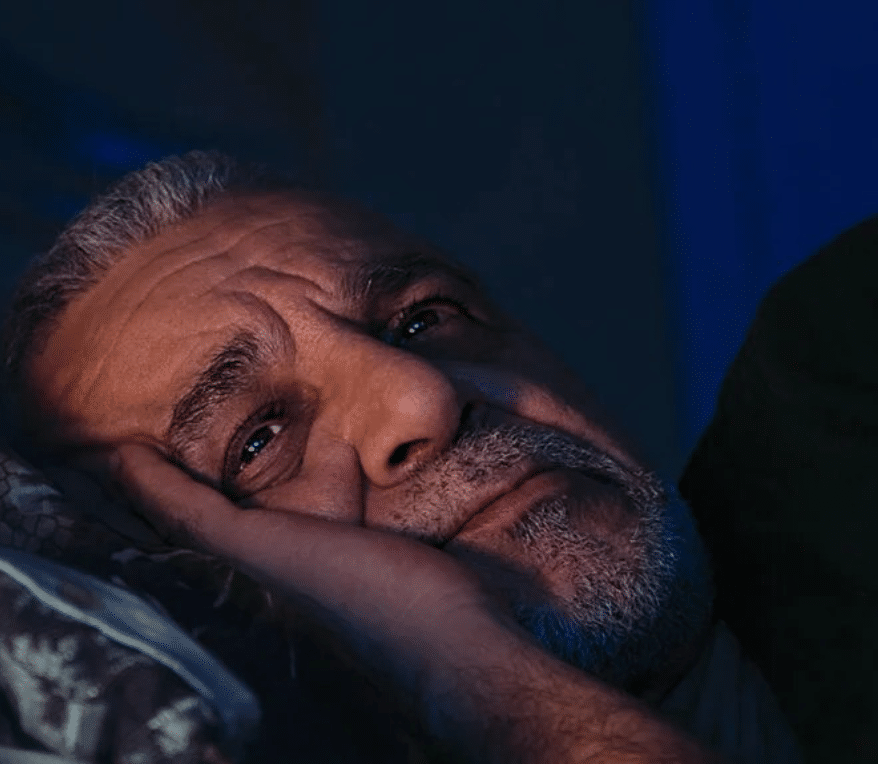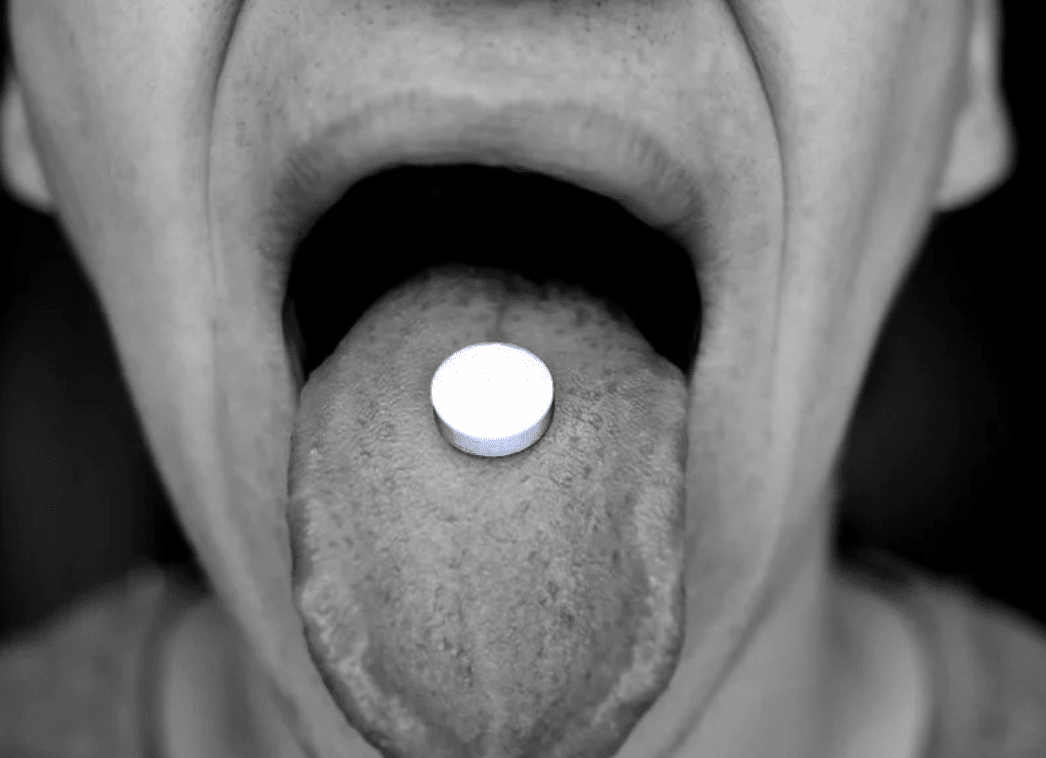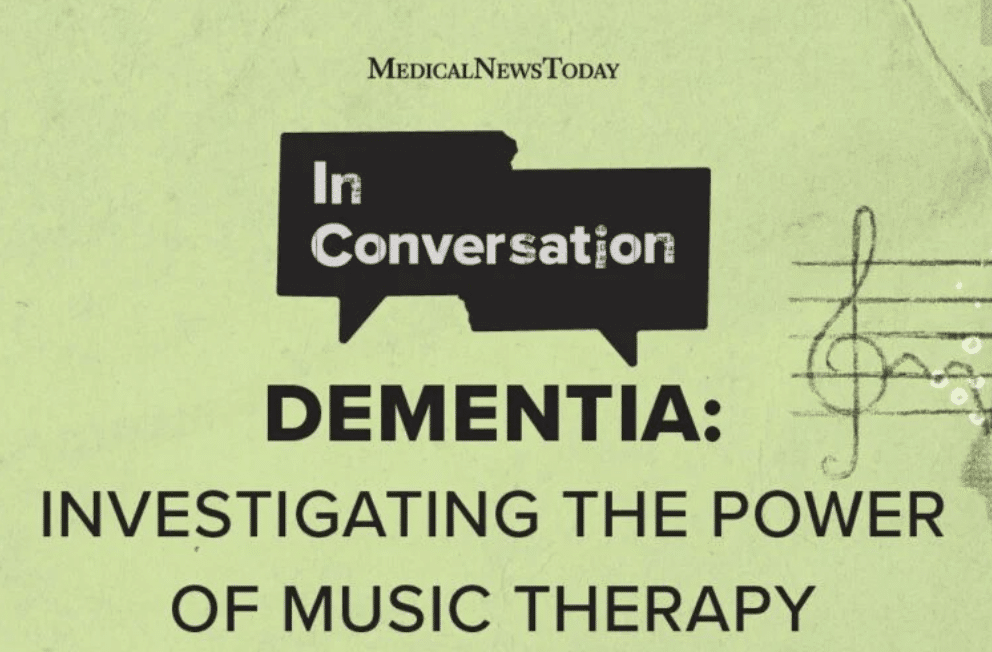Chronic alcohol use can cause painful nerve damage known as alcoholic neuropathy, and people with alcohol use disorder experience allodynia — hypersensitivity to pain — during alcohol withdrawal.
A newly developed mouse model of withdrawal-related allodynia and alcohol-induced neuropathic pain showed that both pain conditions activate microglia (immune cells) in the spinal cord tissue, but the inflammatory pathways involved are different.
These findings could potentially lead to the future development of targeted therapies for withdrawal-related allodynia and alcohol-induced neuropathic pain.
According to the National Survey on Drug Use and Health, 29.5 million peopleTrusted Source aged 12 years and older had alcohol use disorder — also known as alcohol abuse, alcohol dependence, or alcohol addiction — in 2021.
People with alcohol use disorder are unable to stop or control their alcohol consumption, even when it causes problems to their health, relationships, and work.
Over half of peopleTrusted Source with alcohol use disorder experience significant, persistent pain. This phenomenon is more common in women, affecting around 60% of cases, than in men, in whom it affects around 50% of cases.
ResearchTrusted Source has shown that chronic alcohol use can cause long-term, painful nerve damage, known as alcoholic neuropathy.
Additionally, people with alcohol use disorder experience allodynia during alcohol withdrawalTrusted Source. Allodynia is a condition in which a nonpainful stimulus causes pain or discomfort.
How does alcohol cause pain?
Understanding how alcohol misuse causes pain is complicated by the fact that pain is not only a symptom of alcohol misuse but also a frequent cause of increased alcohol use.
The potential of alcohol to act as a painkillerTrusted Source has been recognized for a long time, and many drinkers report that they consume alcohol to moderate painTrusted Source.
Research suggests that alcohol has a pain-dampening effectTrusted Source and can relieve hyperalgesiaTrusted Source — increased sensitivity to pain — even at nonintoxicating doses.
To date, the biological mechanisms responsible for chronic pain associated with alcohol misuse are still unclear.
To shed light on the underlying causes of alcohol-induced neuropathic pain and withdrawal-related allodynia, postdoctoral researcher Dr. Vittoria Borgonetti and her colleagues at Scripps Research in La Jolla, CA, carried out a study comparing pain in alcohol-dependent mice, mice that were moderate but non-dependent drinkers, and mice that were never exposed to alcohol.
Dr. Mitchell Nothem, a postdoctoral fellow in the Barker Lab at Drexel University, who was not involved in the study, told MNT:
Alcohol affects immune responses
This study was conducted using adult male and female C57BL/6J mice.
The Scripps team generated three groups of mice:
alcohol-naïve group (control) — these mice had no exposure to alcohol
non-dependent group — these mice had access to two bottles, one containing water and the other containing alcohol, and the mice could freely choose between drinking water or alcohol; these mice modeled moderate drinkers
dependent group — besides having a choice of two drinking bottles, these mice were repeatedly exposed to cycles of ethanol vapor exposure followed by withdrawal periods; these mice modeled people with alcohol use disorder.
At specific time points, the researchers measured allodynia in each mouse by using von Frey filaments, a set of calibrated nylon fibers of varying thickness and length.
The filaments exert pressure on the skin of the hind paw. By determining the minimum force required to elicit a withdrawal response, the researchers could assess the severity of allodynia.
Since previous researchTrusted Source has shown that the immune system is activated in response to peripheral alcohol neuropathy, the researchers also examined the activation of the immune response in non-dependent mice with neuropathic pain.
They used a technique called immunoblotting to evaluate the levels of various immune response-related protein molecules in the spinal cord tissue of all mice, namely:
ionized calcium-binding adapter molecule-1 (IBA-1)
macrophage-colony stimulating factor (CSF-1)
interleukin 6 (IL-6)
p38
extracellular signal-regulated kinase 1/2 (ERK44/42).
Alcohol triggers immune cells in spinal cord
The researchers found that there was a significant increase in drinking behavior in the group of mice that were dependent on alcohol compared to the non-dependent group.
During a 72-hour period of alcohol withdrawal, the dependent group developed allodynia. However, this allodynia was reversed completely immediately after the mice were allowed to drink alcohol.
Even some of the non-dependent mice — 40% of non-dependent male mice and 50% of non-dependent female mice — showed allodynia compared to the alcohol-naïve control group.
The researchers found increased levels of IBA-1 and CSF-1 in the spinal cord tissue of mice with alcohol withdrawal-related allodynia and mice with alcohol-induced neuropathic pain. This indicates the activation of microglia (immune cells) in the spinal cord tissue.
Looking for natural relief from aches and pains?
Cornbread’s Full Spectrum CBD Gummies contain 50 mg of CBD and 2 mg of THC per serving, formulated for maximum-strength relief from aches and pains.
Practical relevance of these results
To date, the lack of preclinical, or animal, models of alcoholic neuropathic pain limited the investigation of pathological mechanisms underlying the onset of neuropathic pain in people with alcohol use disorder.
This is the first study to generate a preclinical model of alcohol withdrawal-related allodynia and alcohol-induced neuropathic pain in vivo. The chronic intermittent ethanol vapor-two bottle choice (CIE-2BC) mouse model used in this study paves the way for more research in this area.
“This study has uniquely shown that alcohol dependence is not required to worsen pain outcomes and that even moderate drinking can lead to pain pathology, and thus consumption of ethanol is a poor strategy for dealing with pain,” Dr. Nothem told MNT.
Additionally, the study sheds light on the pathways involved in alcohol withdrawal-related allodynia and alcohol-induced neuropathic pain.
Both pain conditions showed intense activation of microglia in the spinal cord tissue, but alcohol withdrawal-related allodynia was associated with increased IL-6 expression and ERK44/42 activation, which was not observed in alcohol-induced neuropathic pain.
This indicates that the inflammatory pathways involved are different and could potentially lead to the development of targeted therapies in the future.
Study limitations and next steps
In their paper, the researchers acknowledge that a limitation of the study is the short time frame investigated, but they add that “future studies will assess additional time points to clarify the trend over time and the resolution of hypersensitivity.”
Dr. Roberto and her team are continuing to investigate how the inflammatory proteins identified in this study might be used to diagnose or treat alcohol-related chronic pain conditions.
Their aim is to uncover fresh molecular targets that can differentiate between different types of pain and could eventually be employed to create new treatments.
How many pounds have you lost this month? At Dieta Efectiva you can lose 10-12 lbs your first week and 2-5 lbs every week after. Visit us at dietaefectiva.net To learn more about our program. AR







